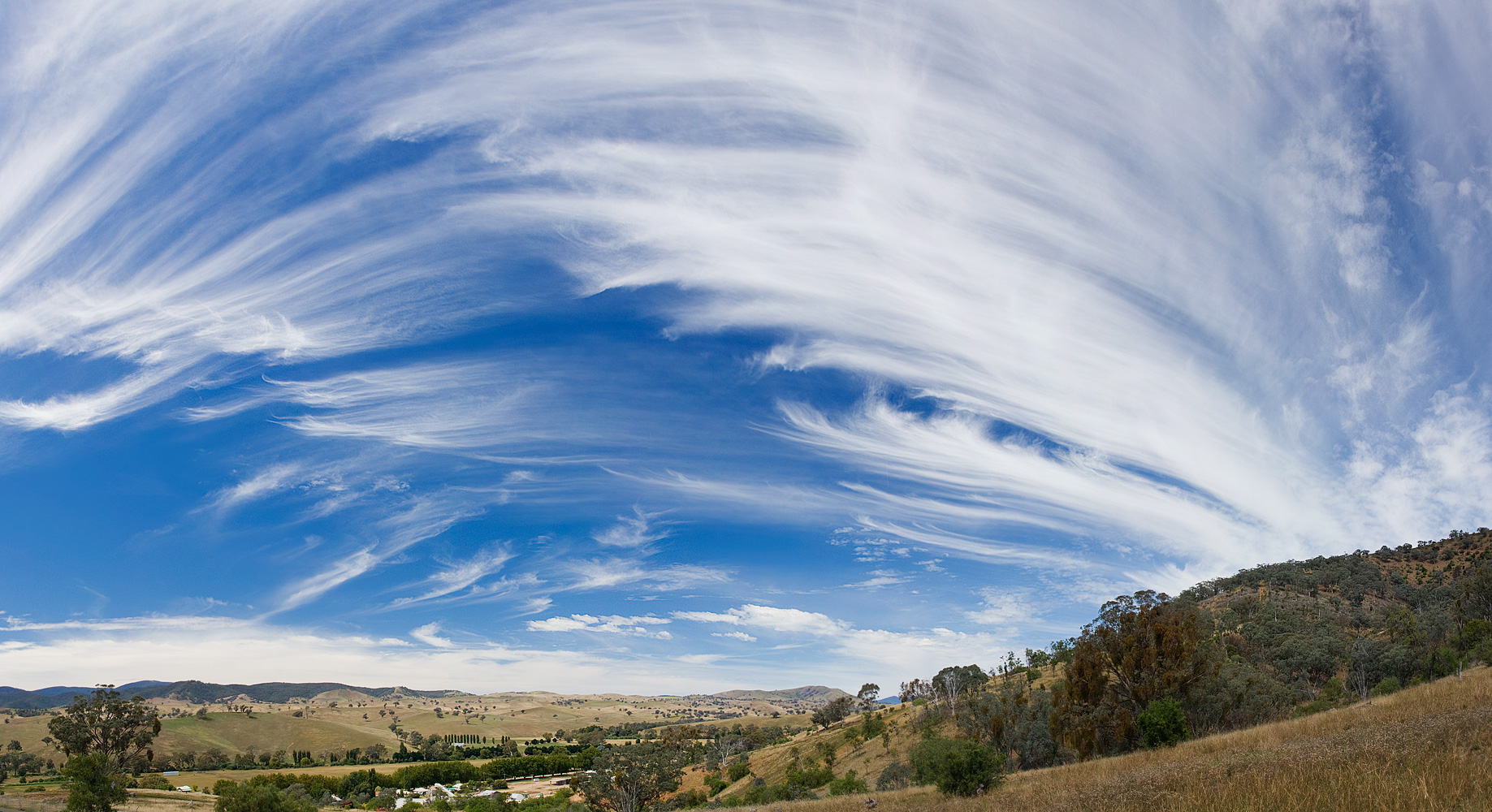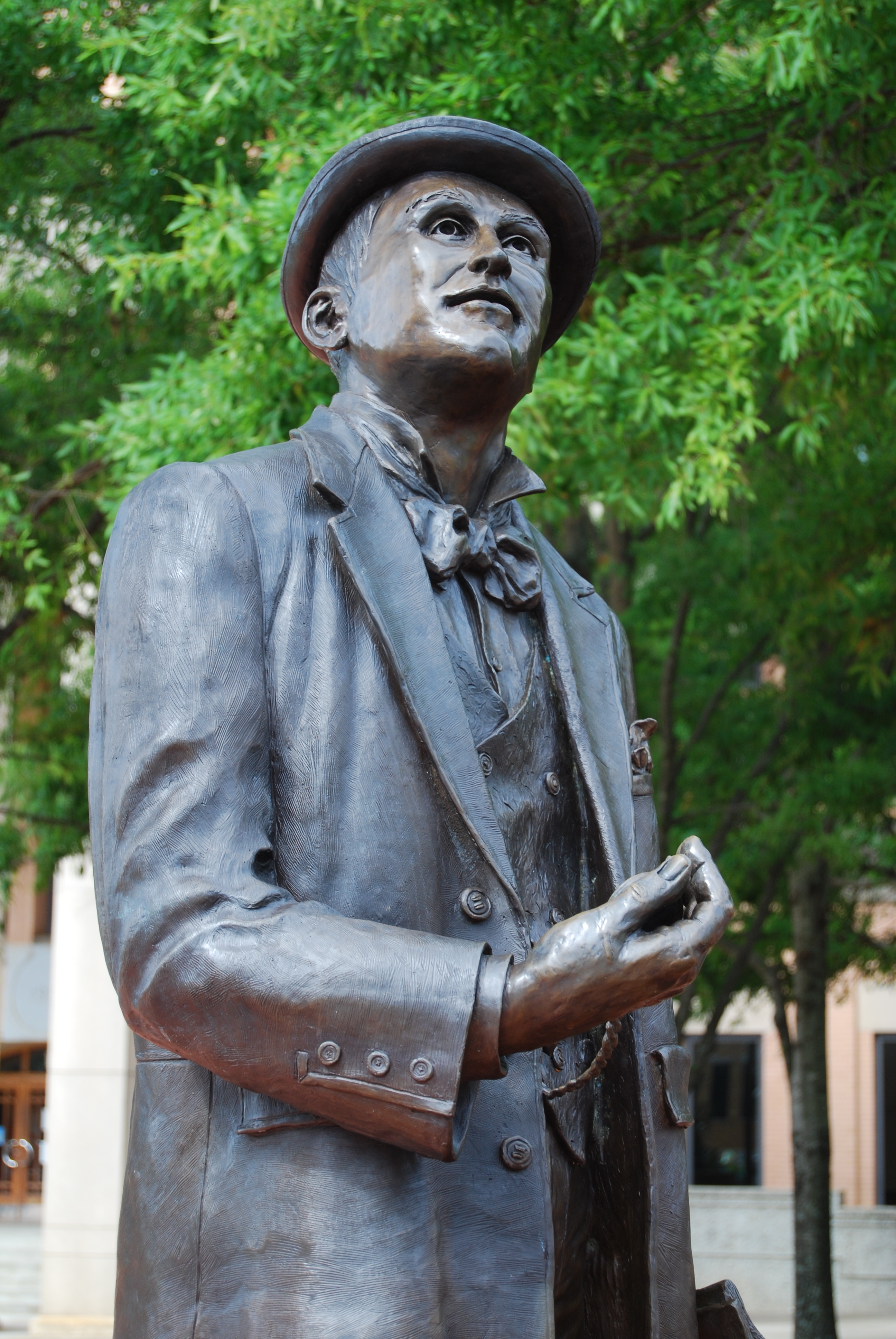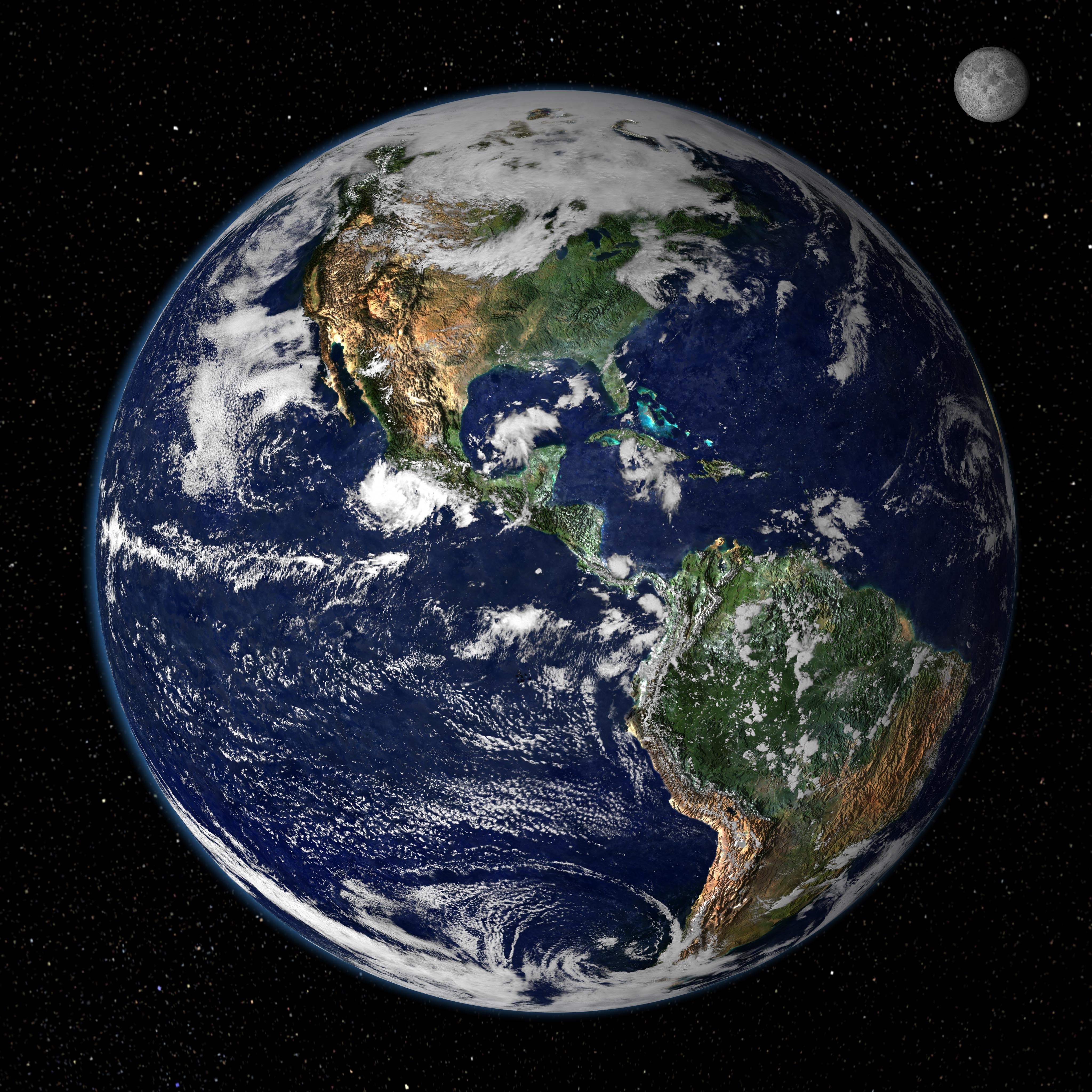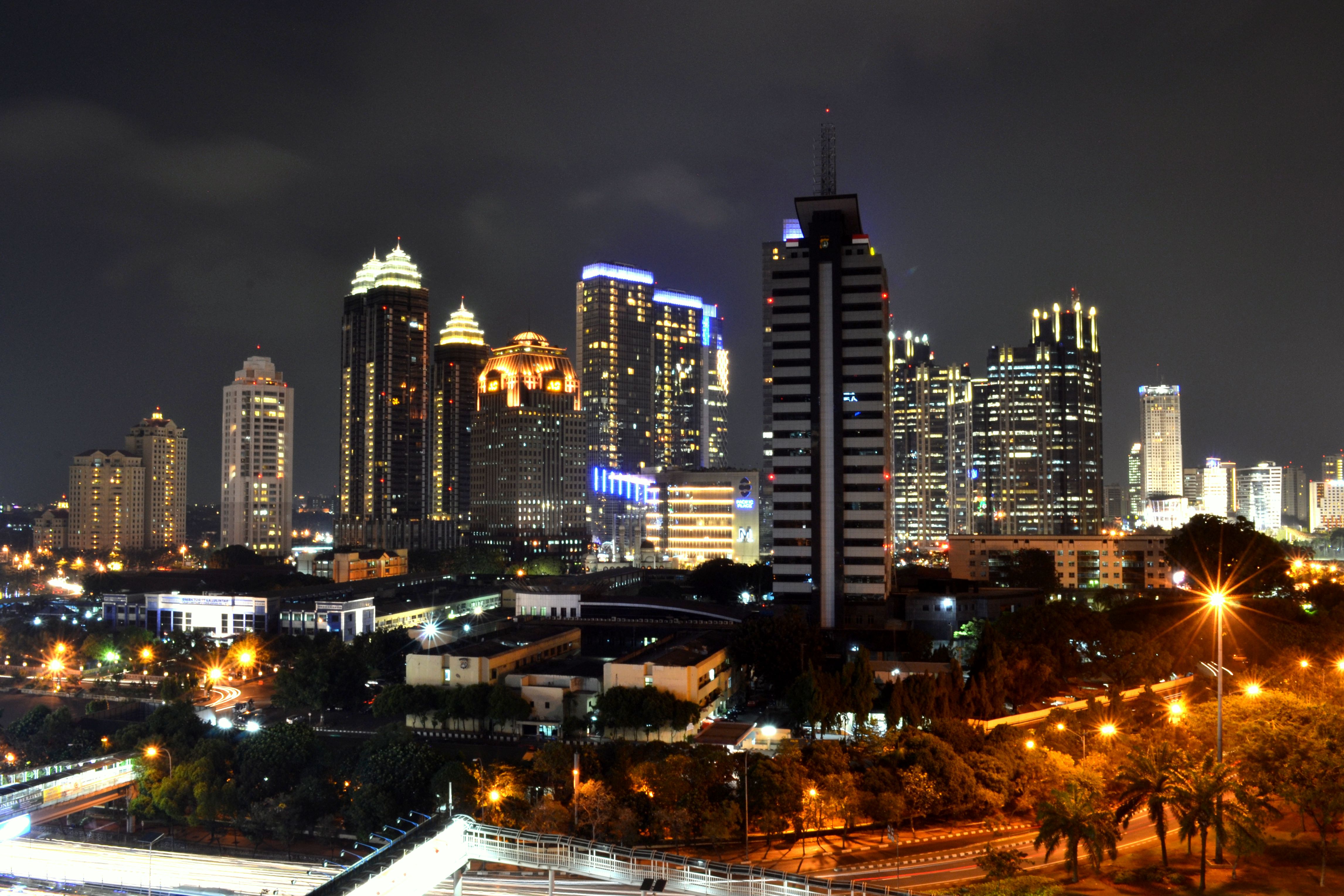
Over two billion people in the world don’t have safe drinking water. Death from water-borne diseases takes more lives than violence and war. The answer may be in the humble straw, fitted with a filter. LifeStraw, for example, looks like a regular drinking straw, but inside are filters that can catch anything larger than two microns, enough to block 99% of parasites, and bacteria that cause cholera, typhoid fever. LifeStraw was started by Mikkel Vestergaard Frandsen who inherited his grandfather’s uniform manufacturing factory; instead, Fransen rebuilt the machines to make a straw with the steel mesh filter that was successful in wiping out guinea worm disease, which went from 3.5 million in 1986 to 25 in 2017. Partners include the Carter Center. The New River of England delivered clean water to London when the Thames needed help; Rome’s aqueducts saved the future of Rome when the Tiber became threatened by poison. LifeStraw has been used in disaster relief in Ecuador, Haiti, Pakistan, and Thailand. Present projects include an initiative to bring clean drinking water to students in locations including Kenya. LifeStraw won a design award at MoMA.
Carter Center. “Eradicating Guinea Worm Disease.” March 2014. https://www.cartercenter.org/donate/corporate-government-foundation-partners/archives/vestergaard-frandsen.html
CFEG. “Mikkel Westergaard Frandsen: 17 Next Generation Family Enterprise Leaders to Watch in ’17” Cambridge Family Enterprise Group. https://cfeg.com/nextgenleaders2017/bio/mikkel-vestergaard-frandsen.html.
Garvett, Zaria. “The miraculous straw that lets you drink dirty water.” 5 March 2018. BBC Future. http://www.bbc.com/future/story/20180305-the-miraculous-straw-that-lets-you-drink-dirty-water/.
Katayama, Lisa. “Fighting Water-Borne Disease in Africa, and Making Millions in the Process.” 25 March 2011. Fast Company. https://www.fastcompany.com/1749253/fighting-water-borne-disease-africa-and-making-millions-process/.







